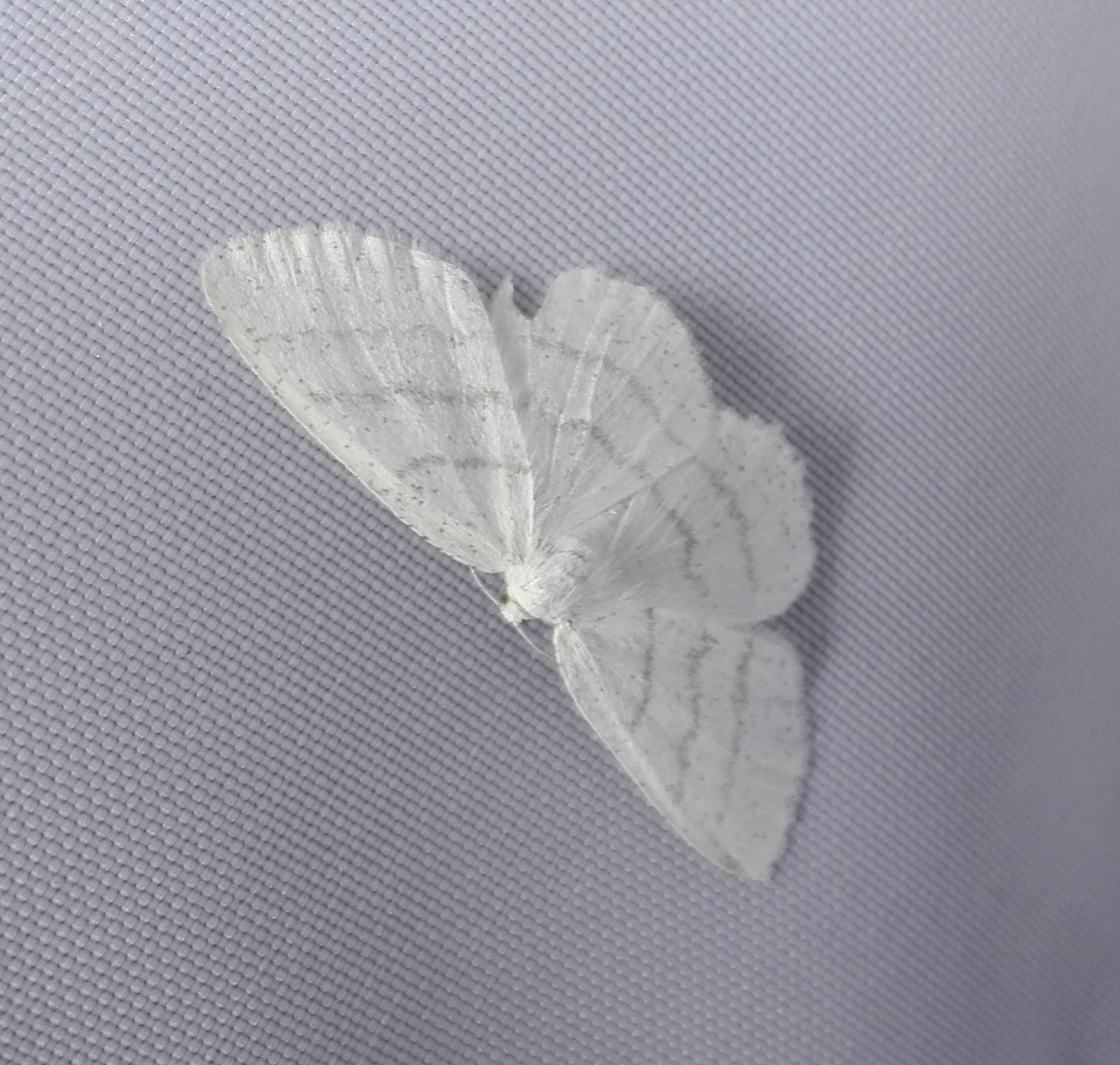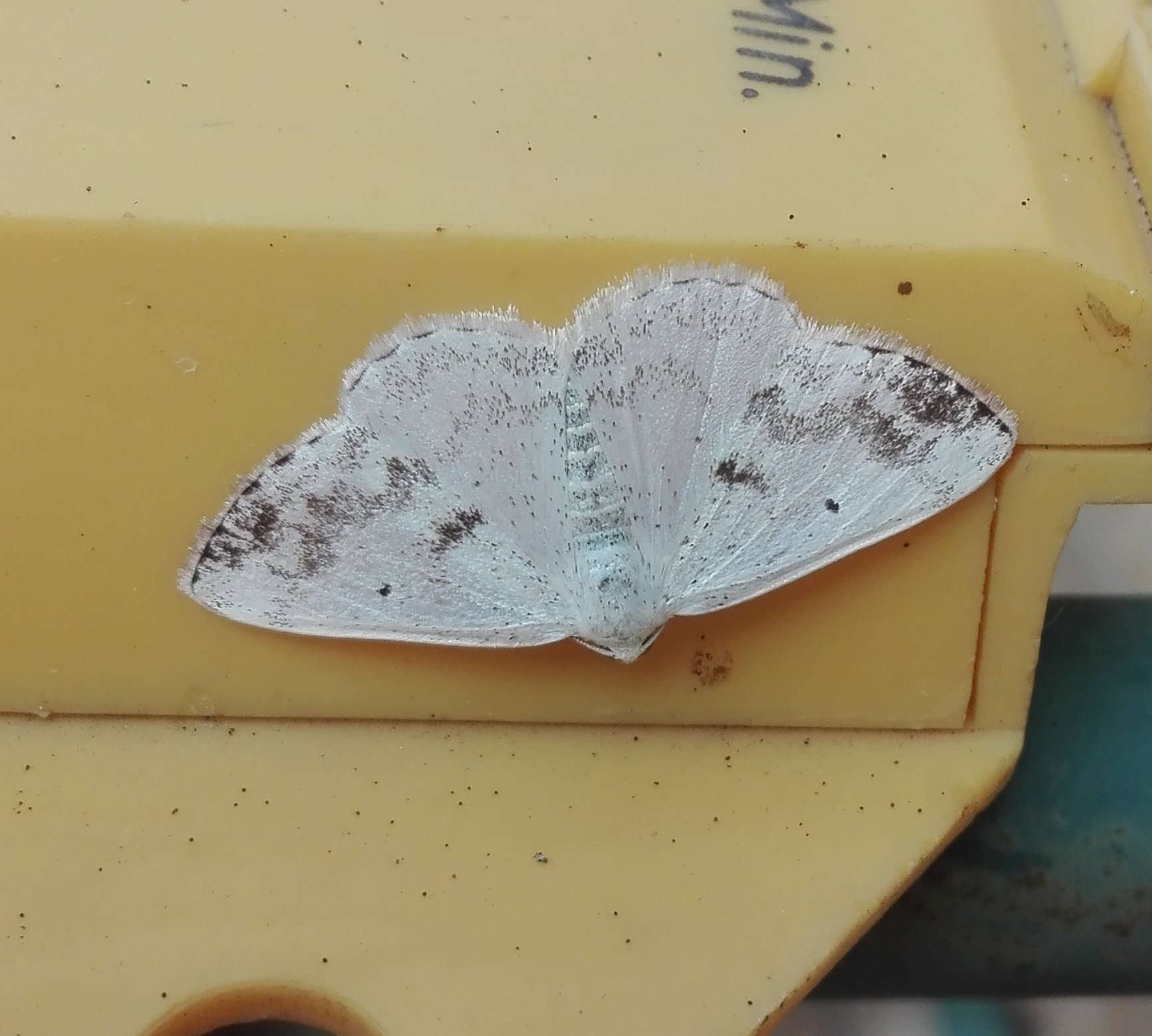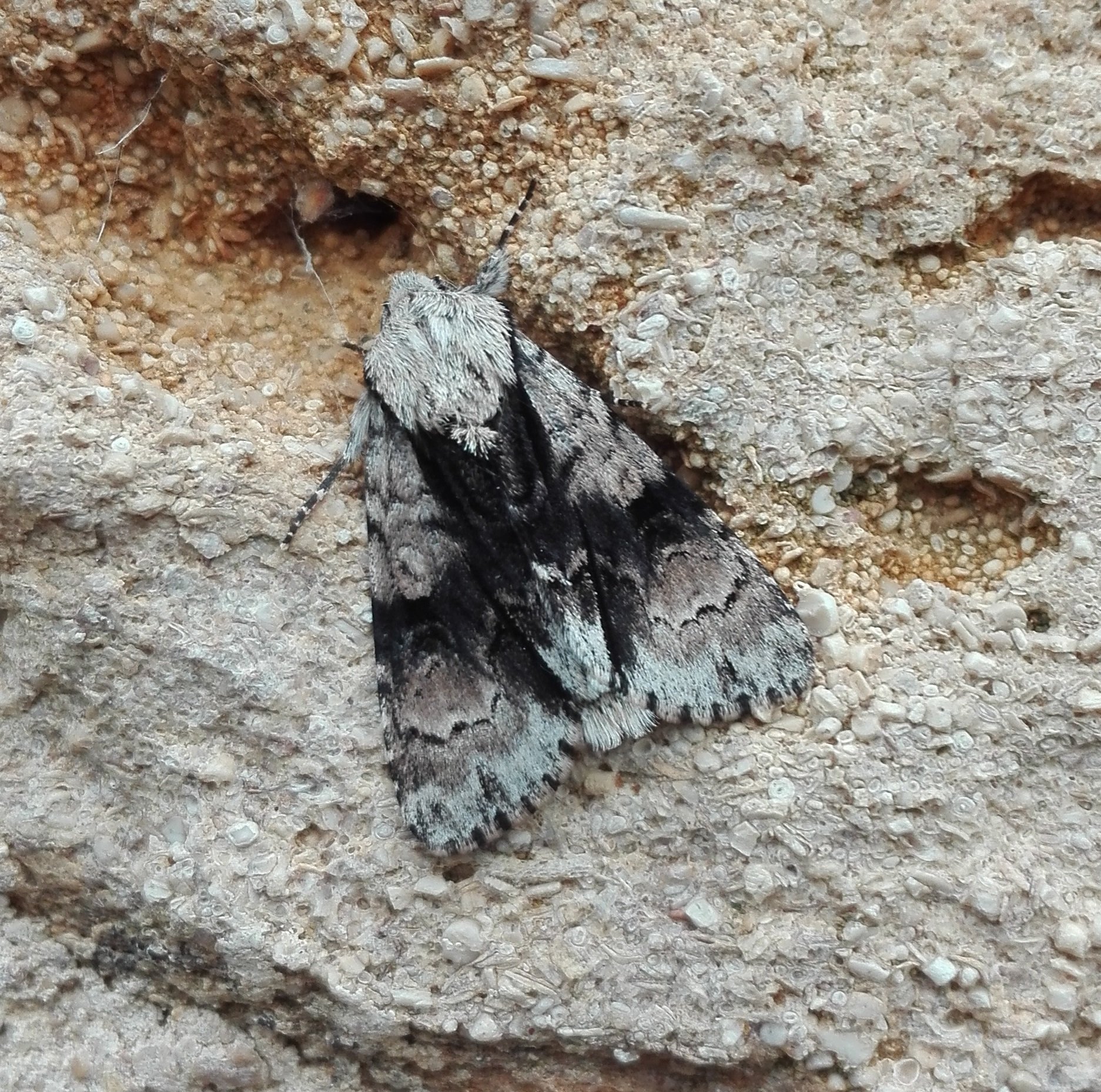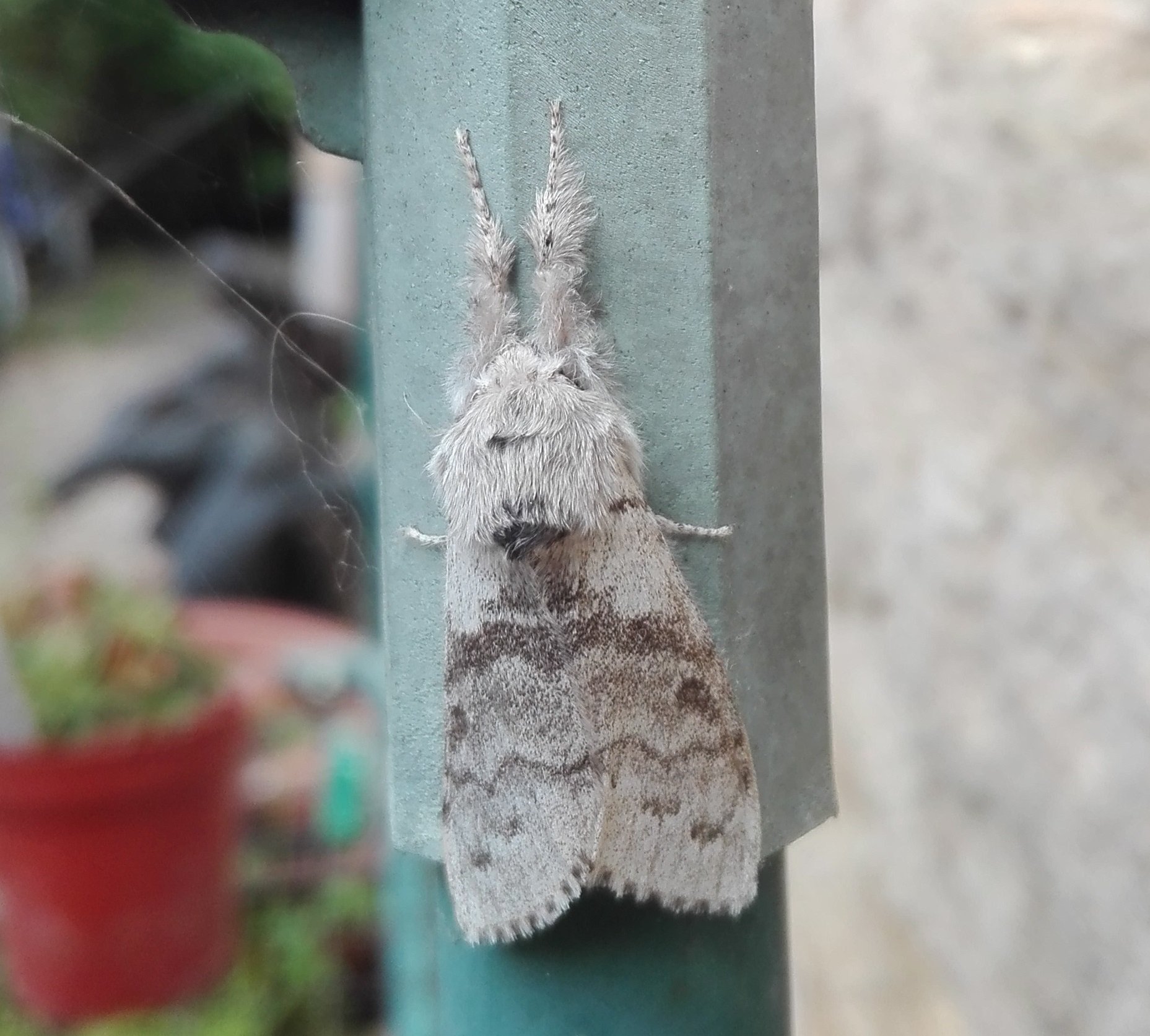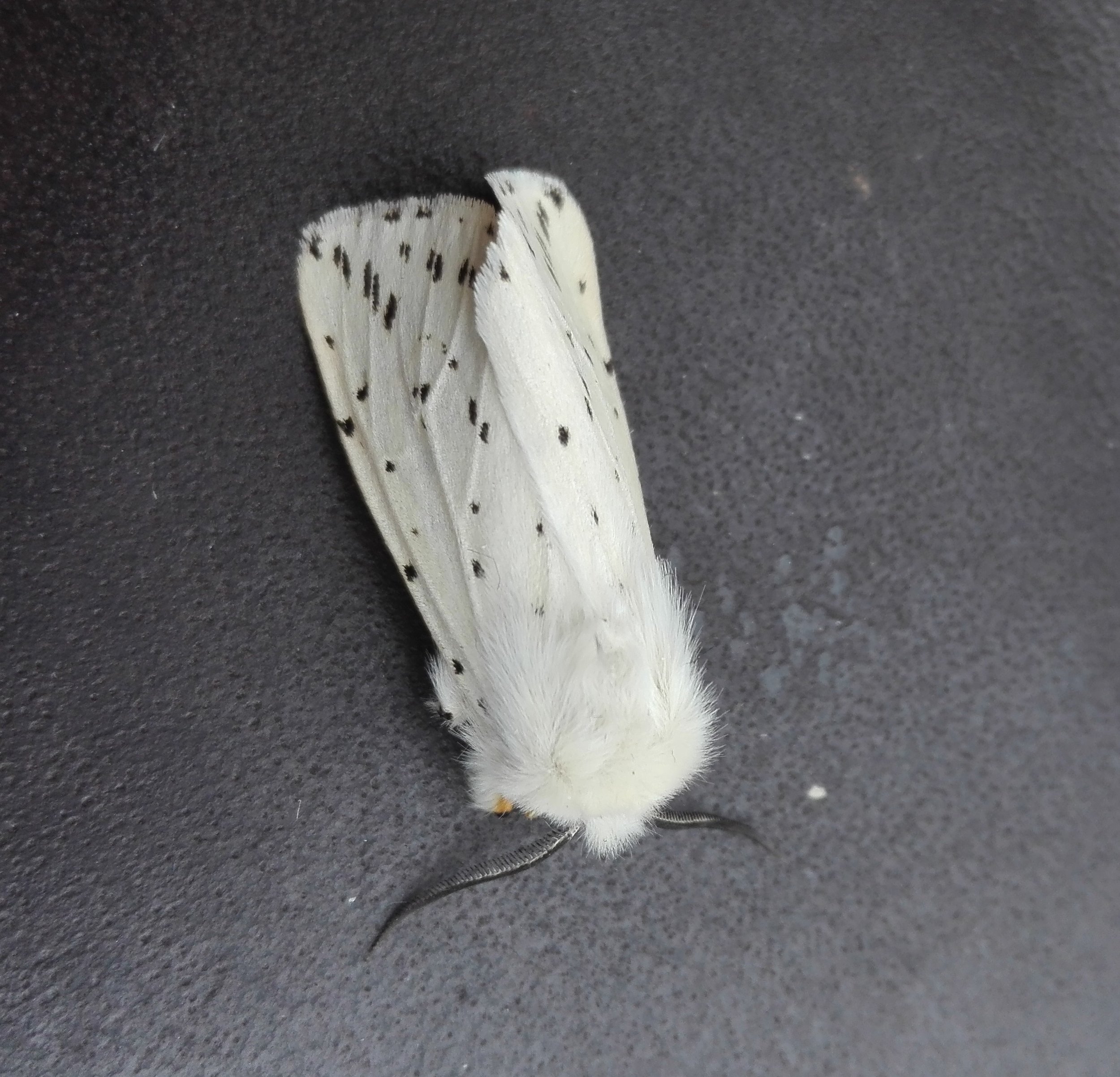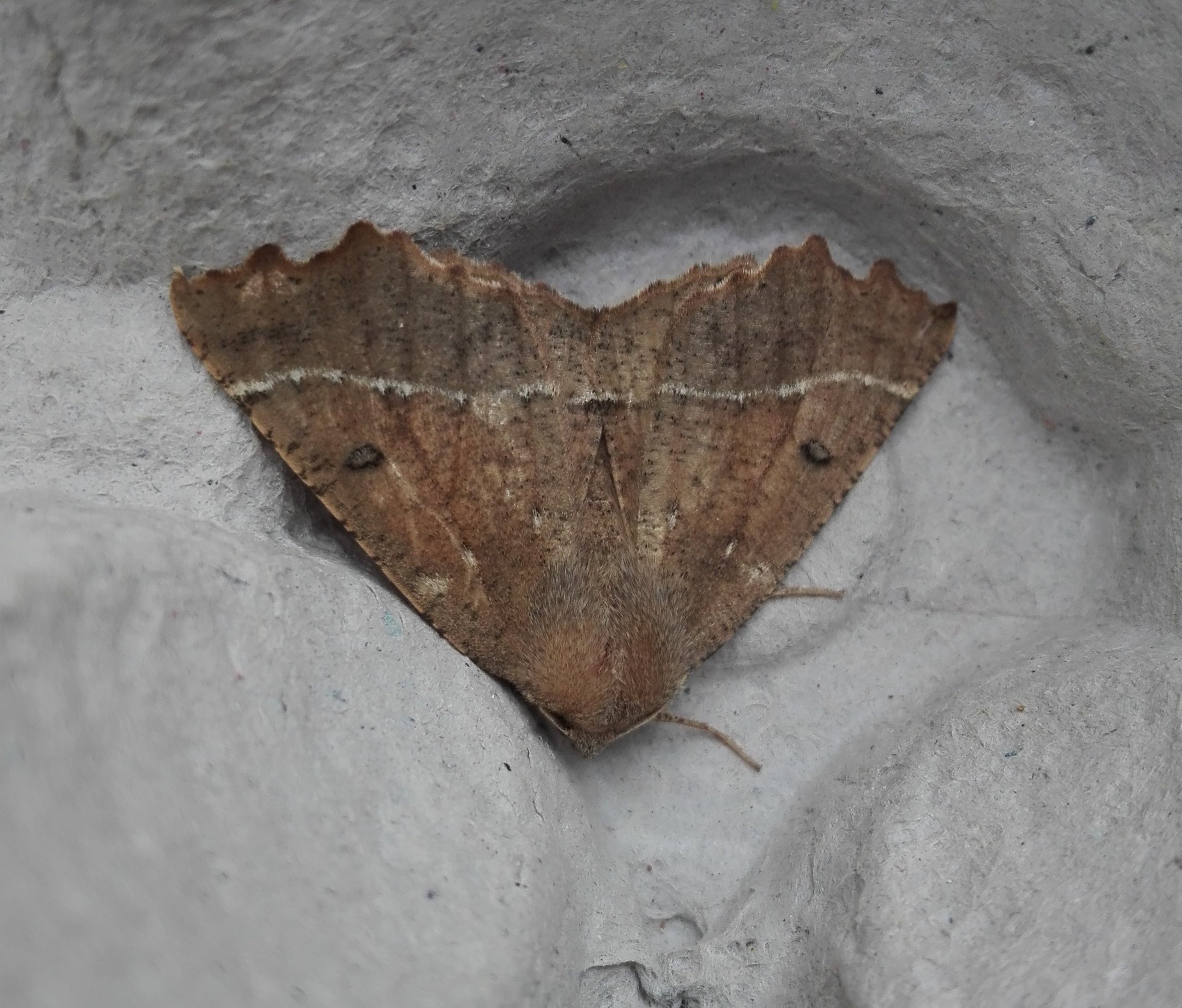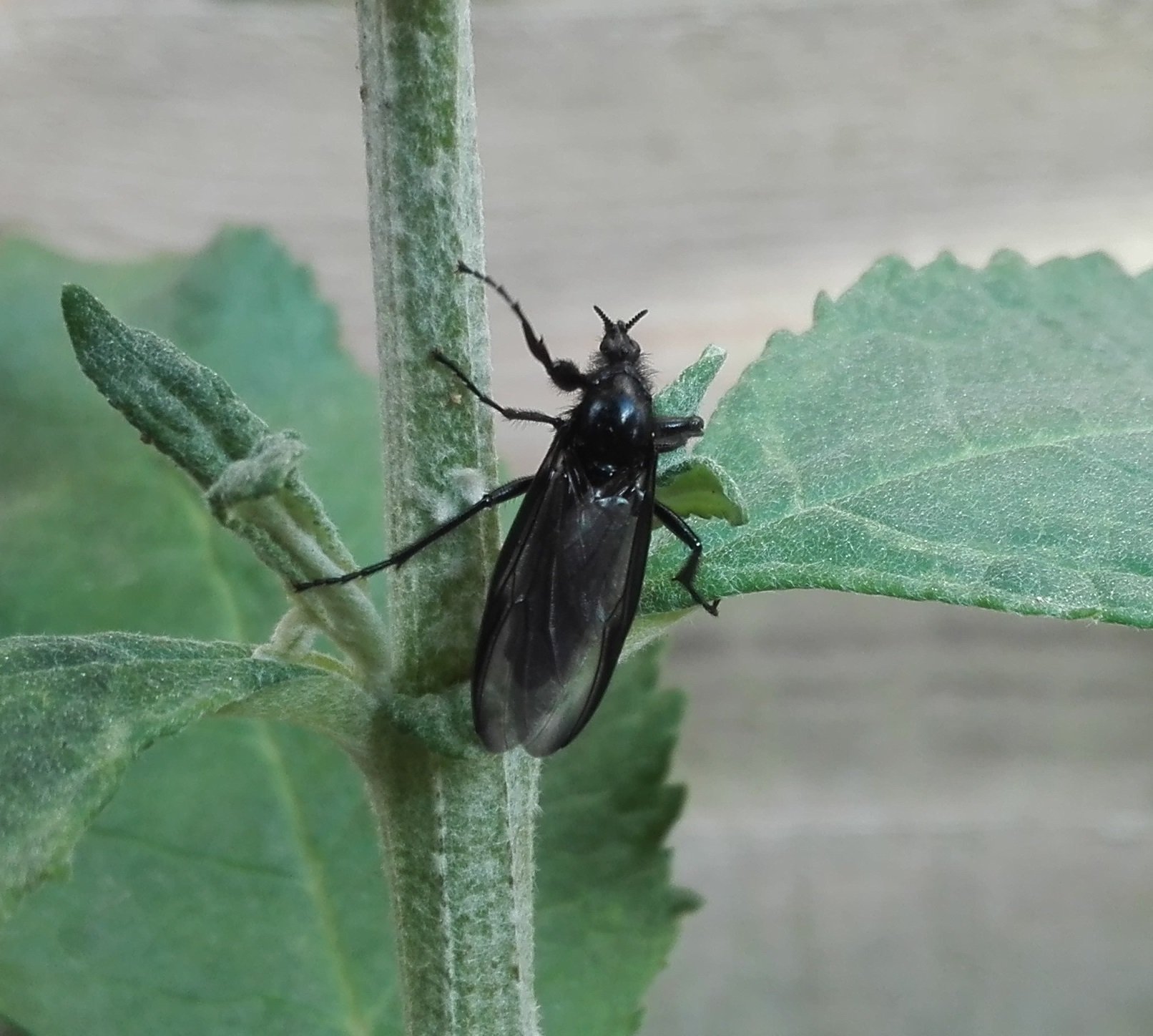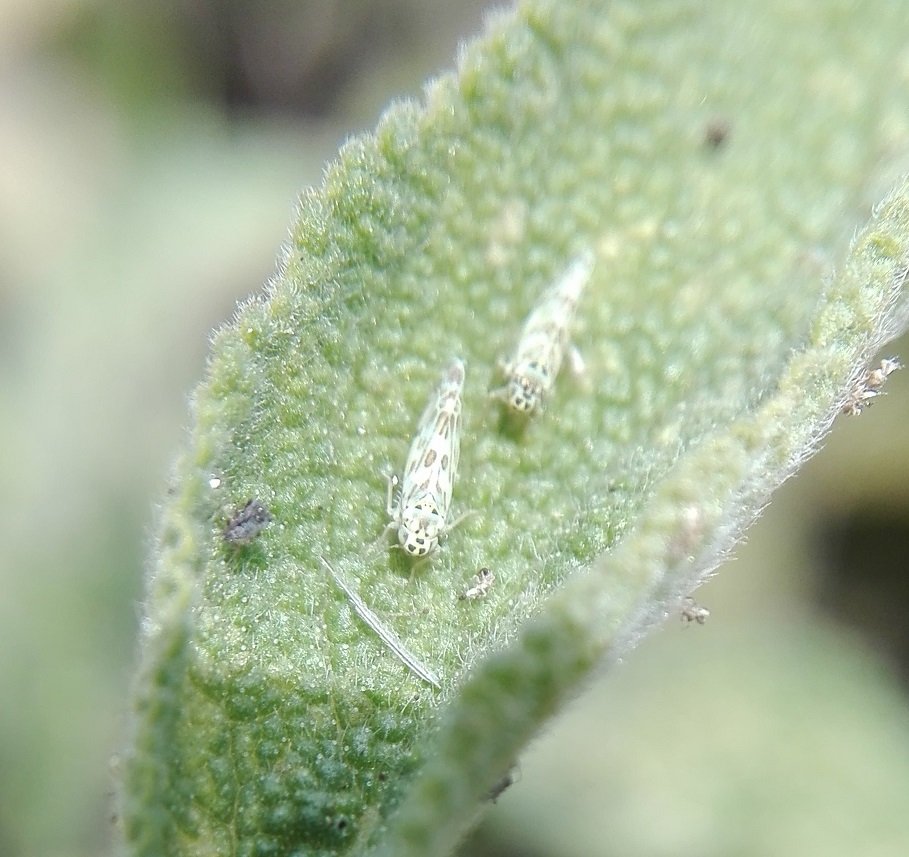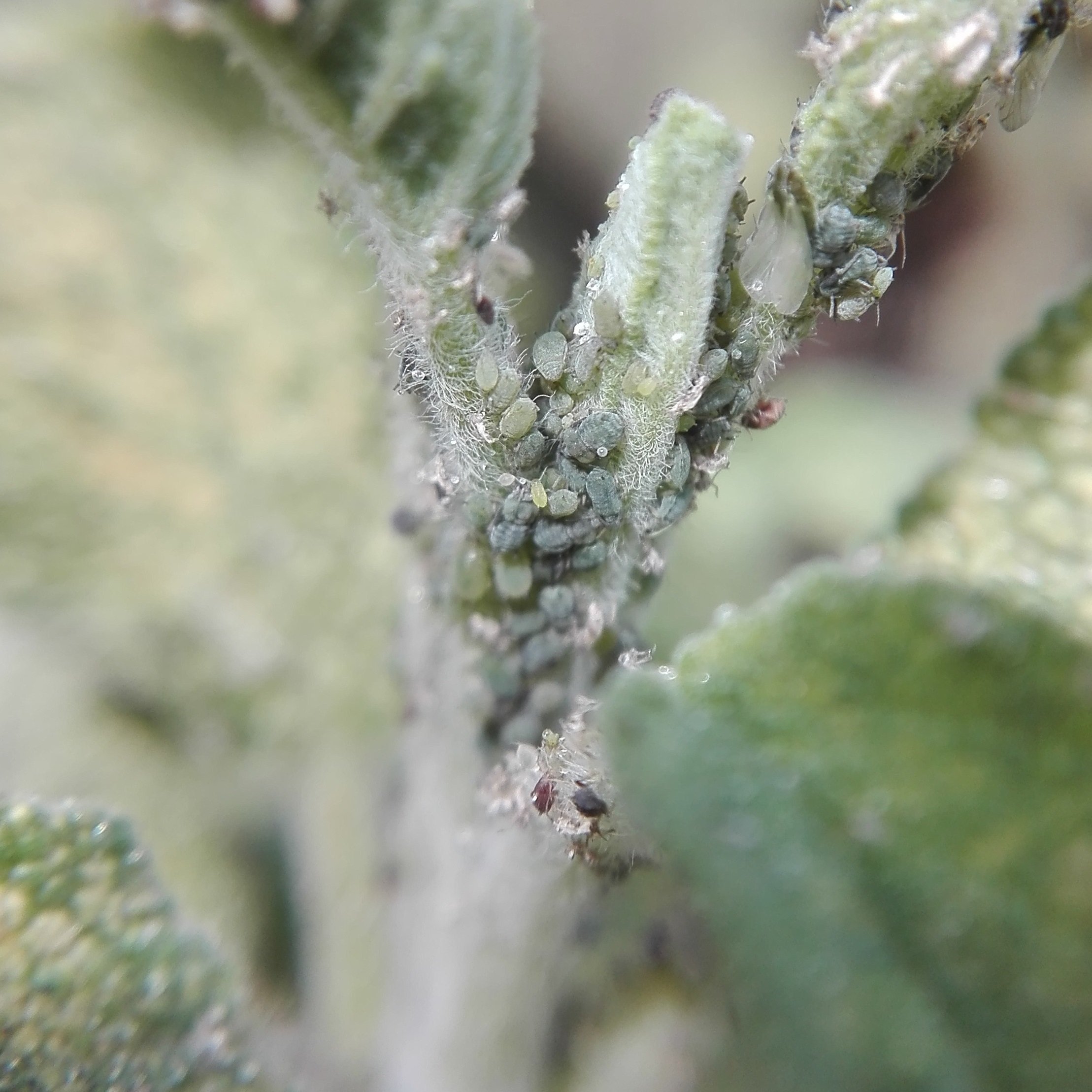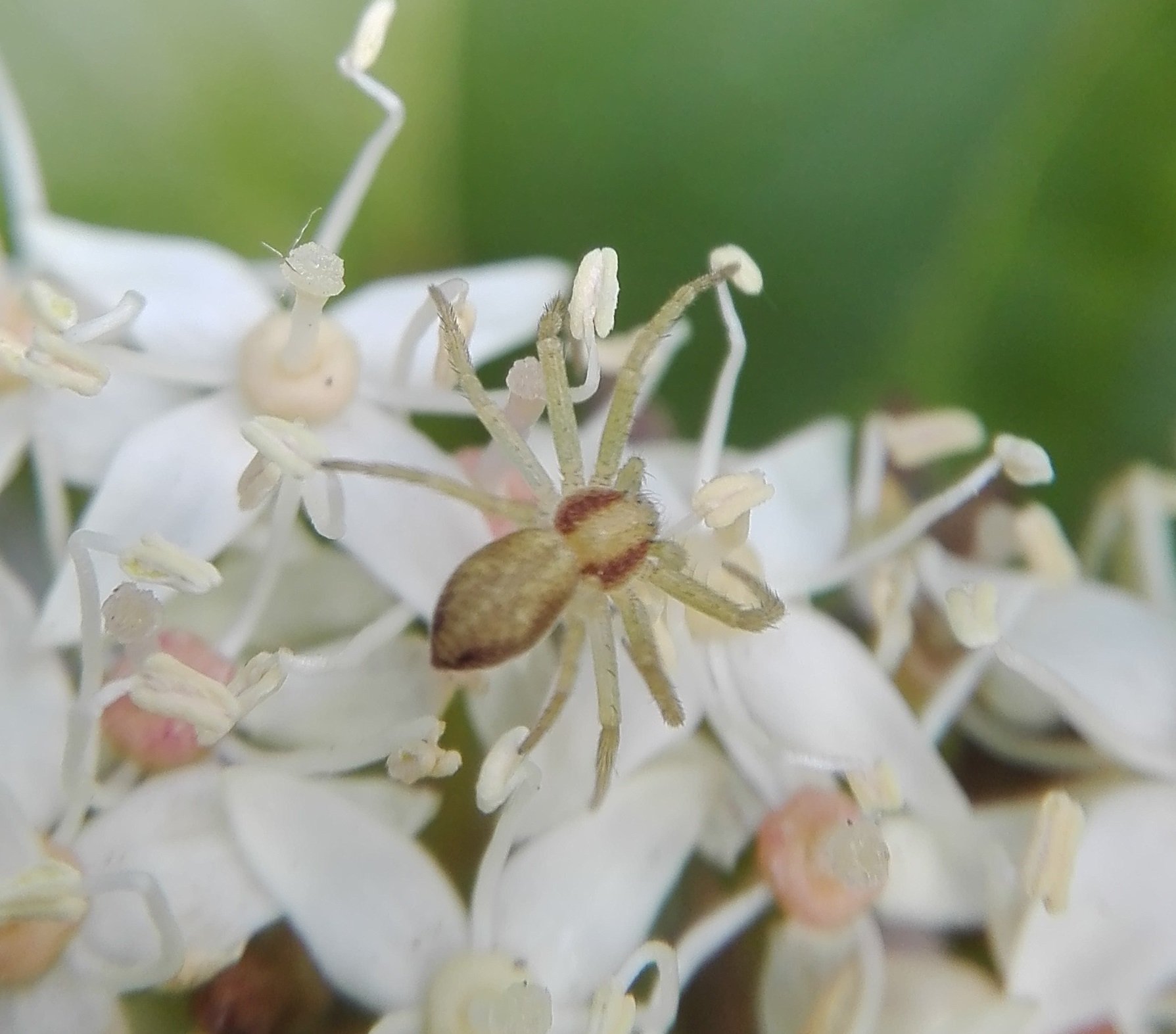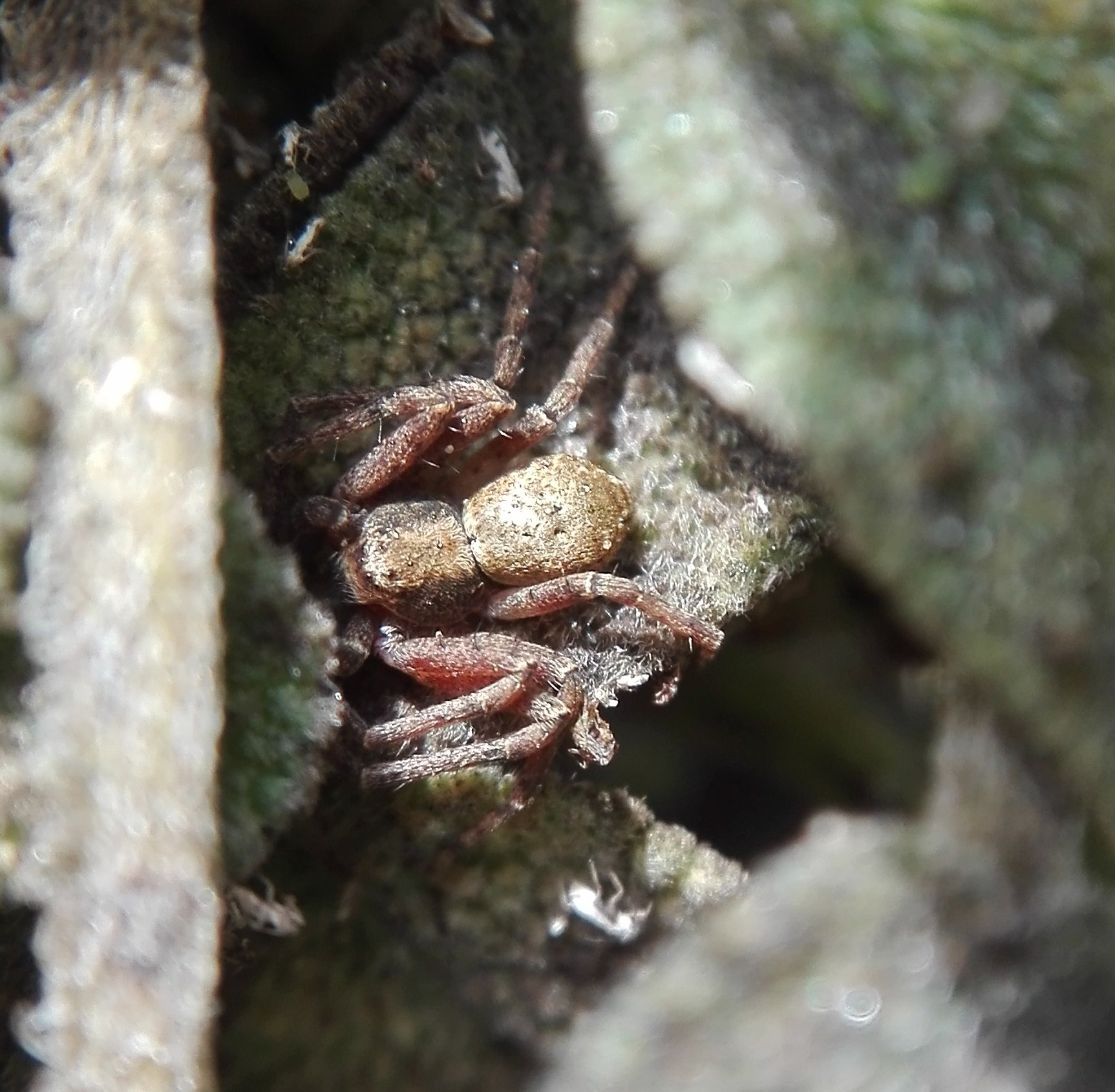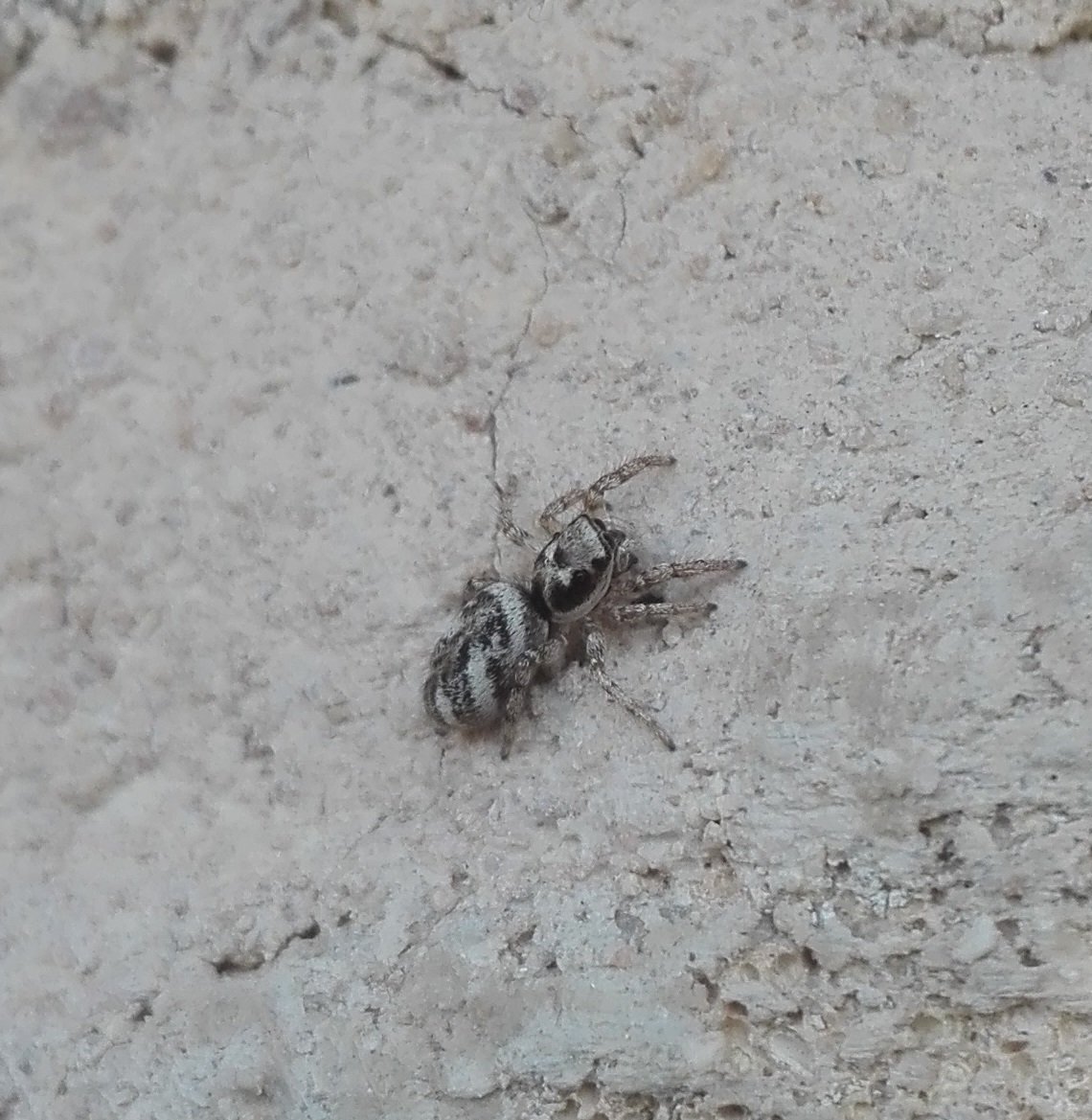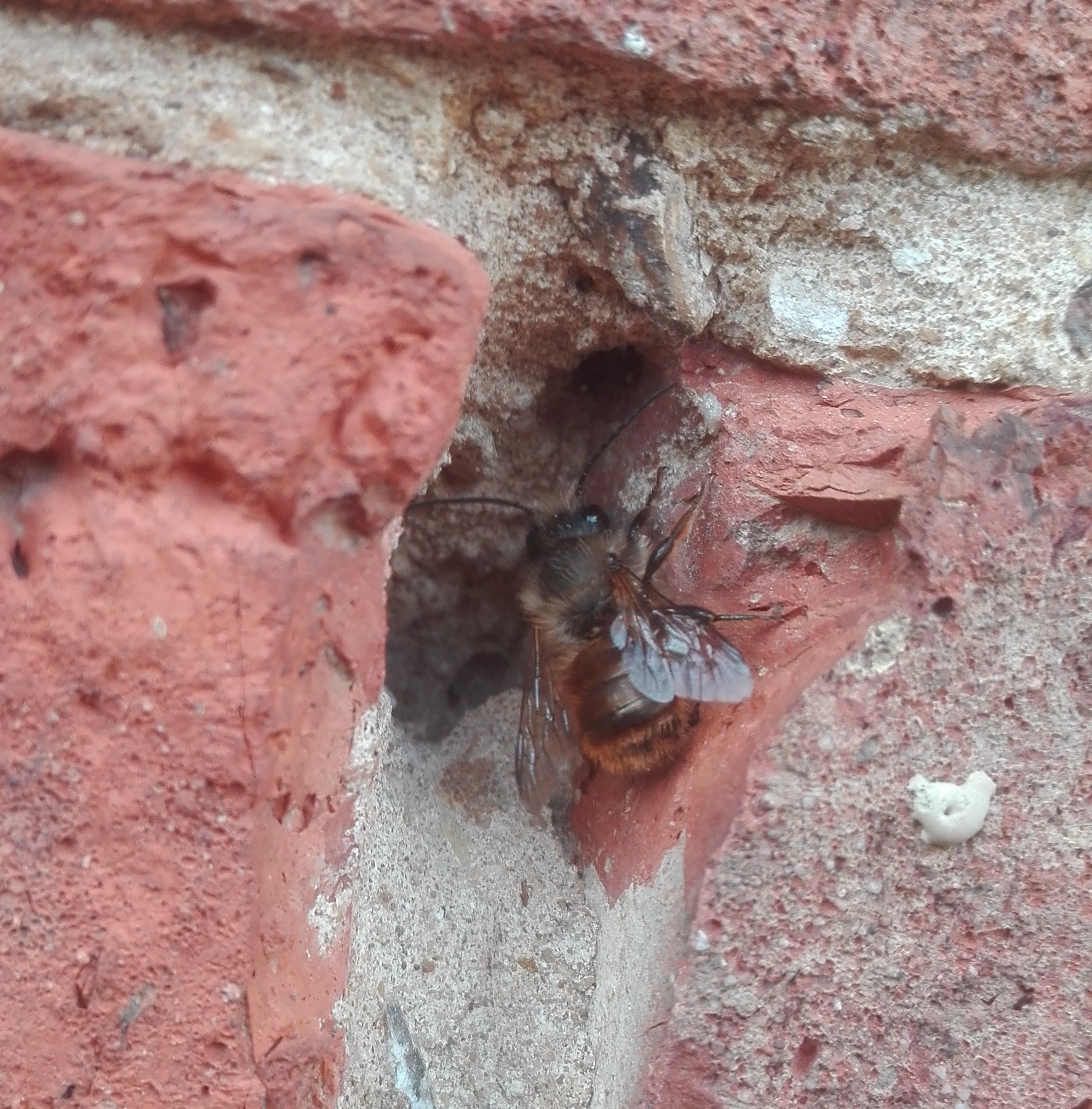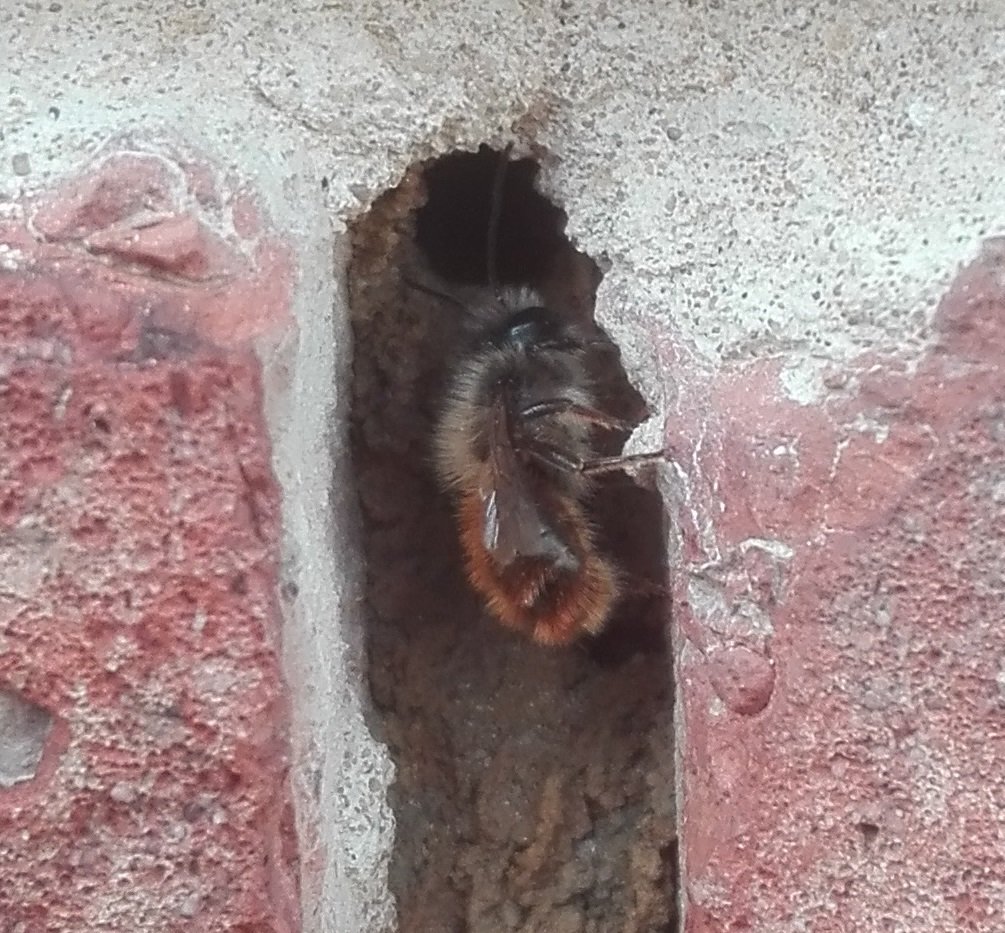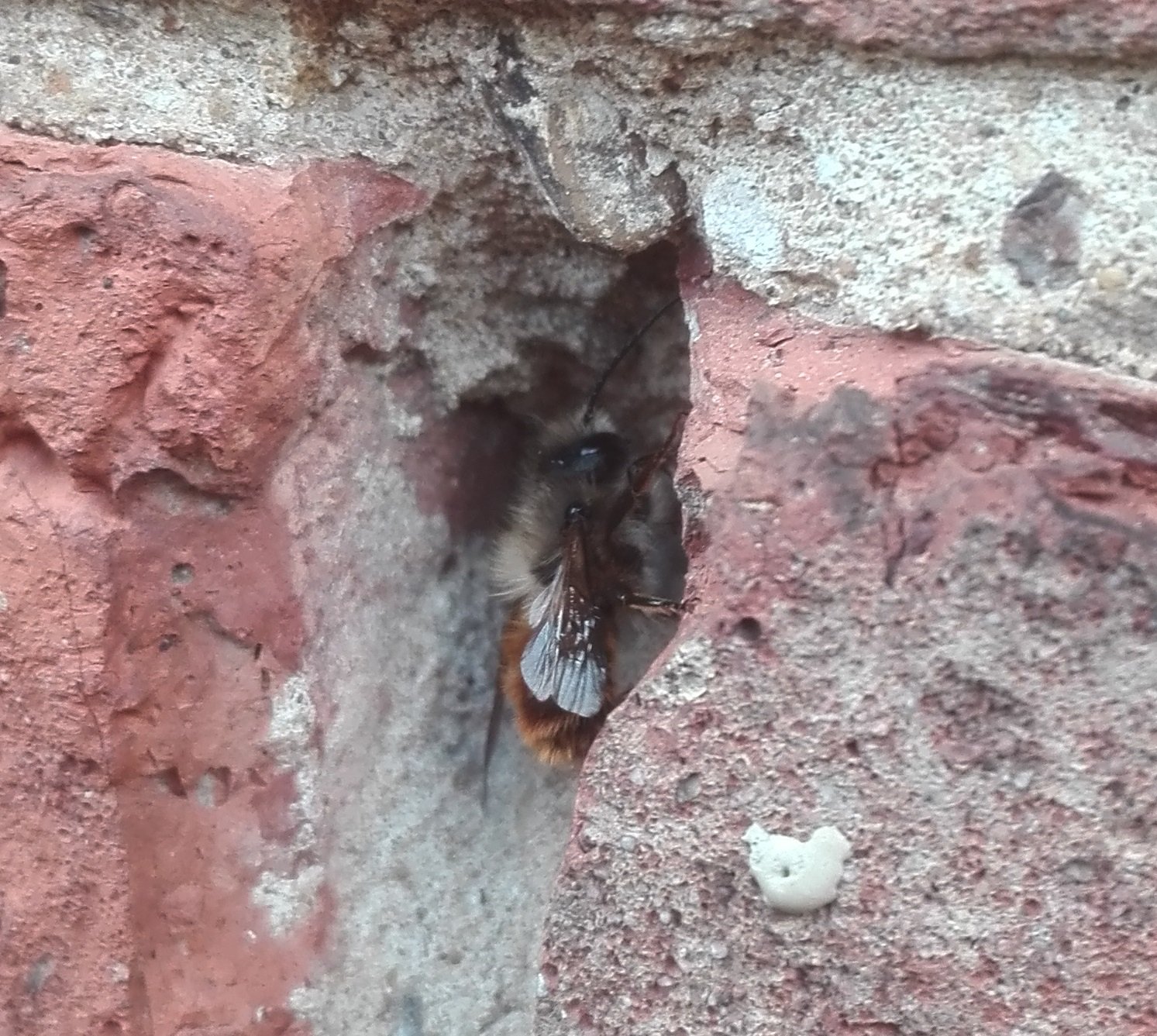Apple Ermine Moths
/When you catch the adults in the moth trap there are a few species of Ermine Moth that are virtually indistinguishable from each other, but you can reliably tell the species apart by the host for their caterpillars. One of my Apple trees has a few tents/cocoons of these Apple Ermine Moth caterpillars (Yponomeuta malinellus). There are not too many of them and apparently they are relatively harmless to the tree or the fruit, so I’m happy to leave the caterpillars undisturbed.





